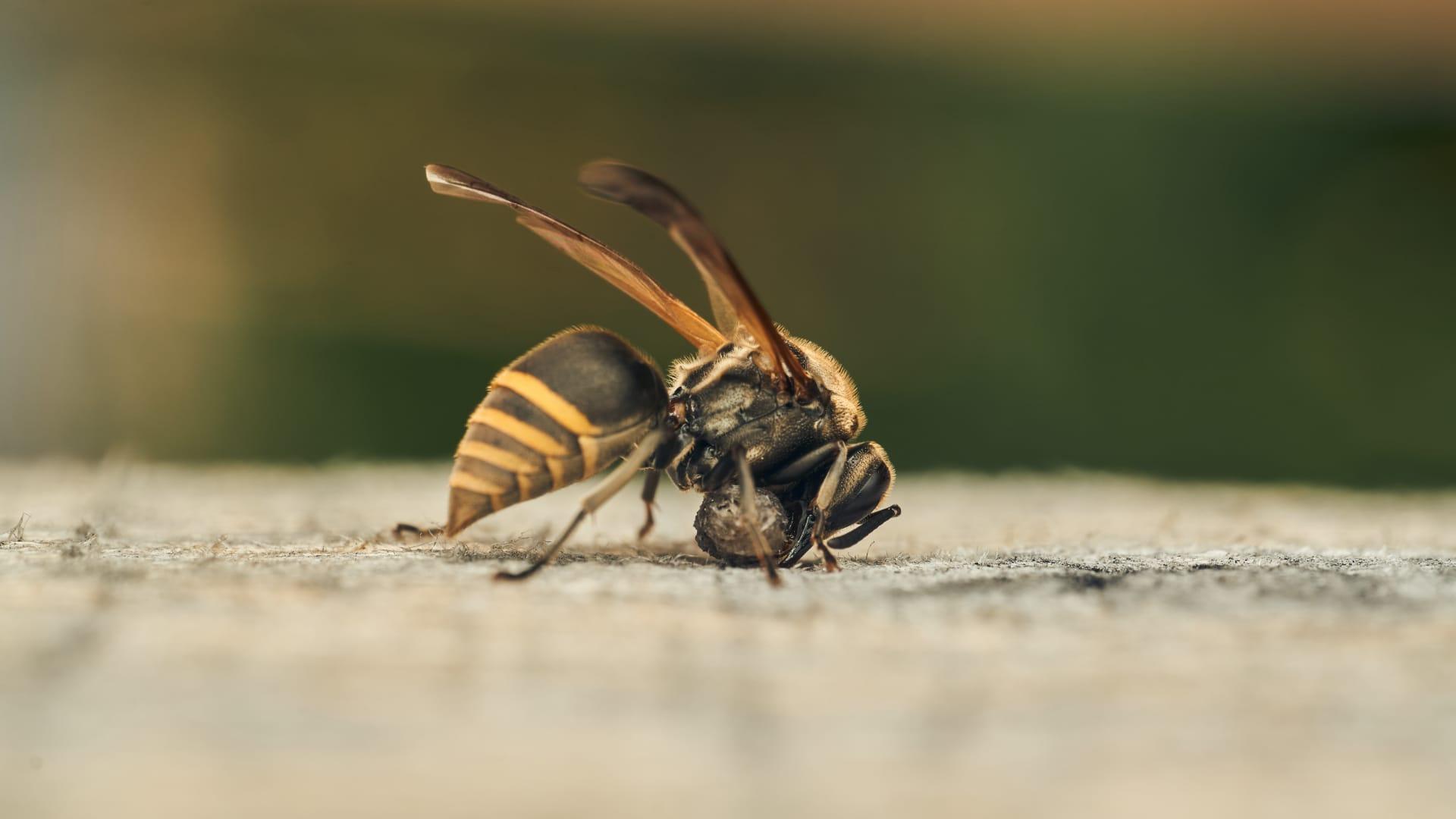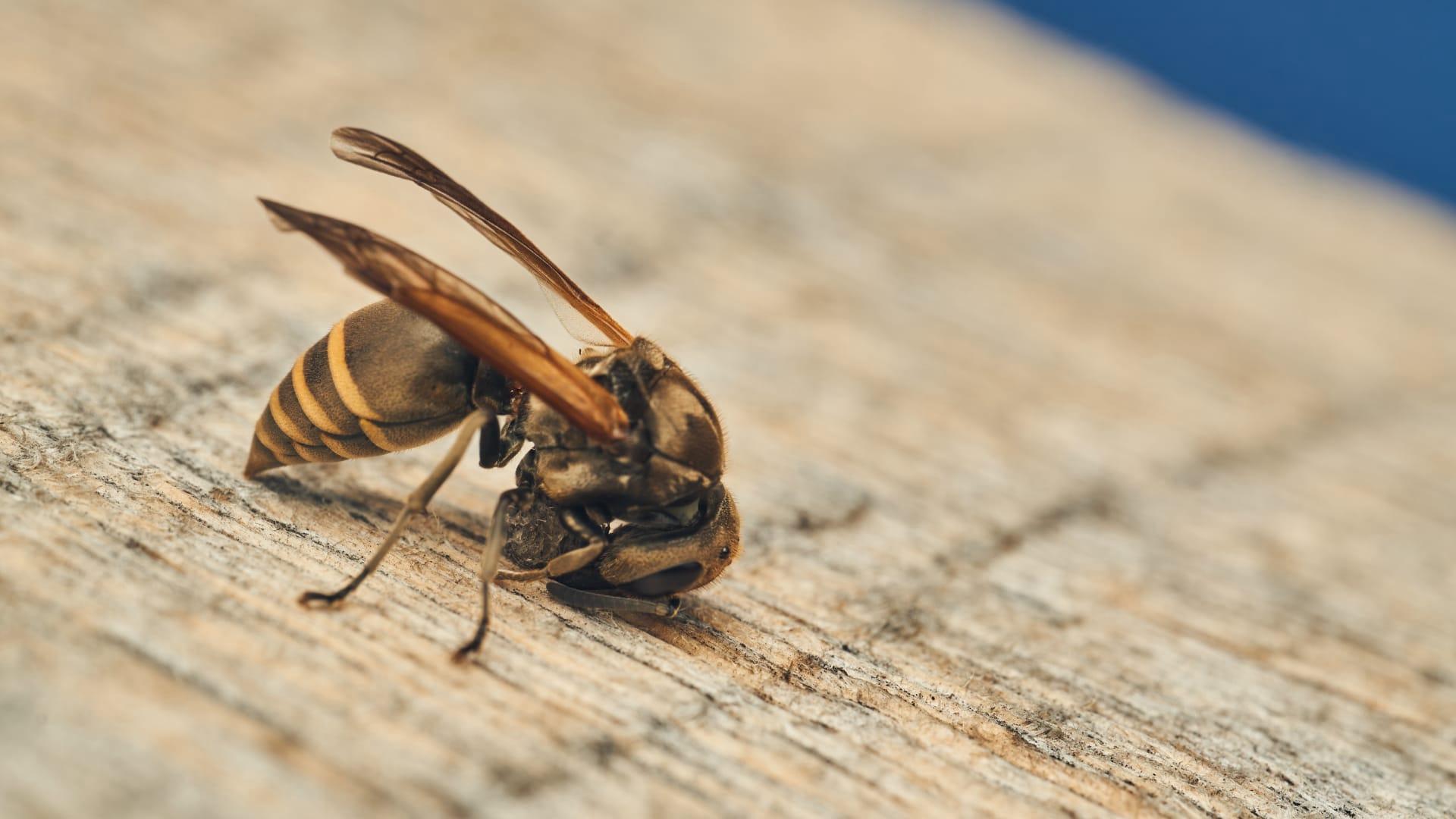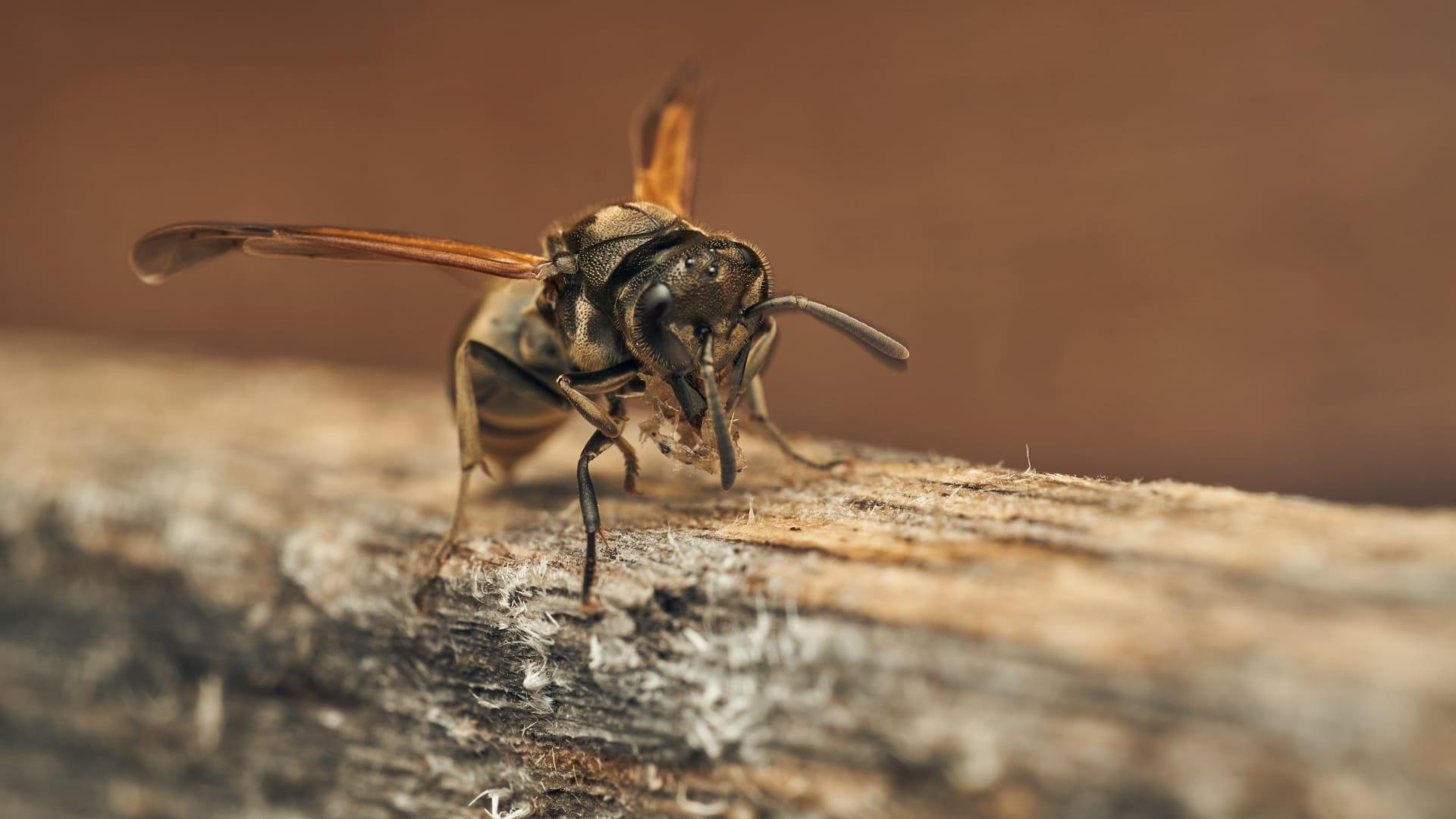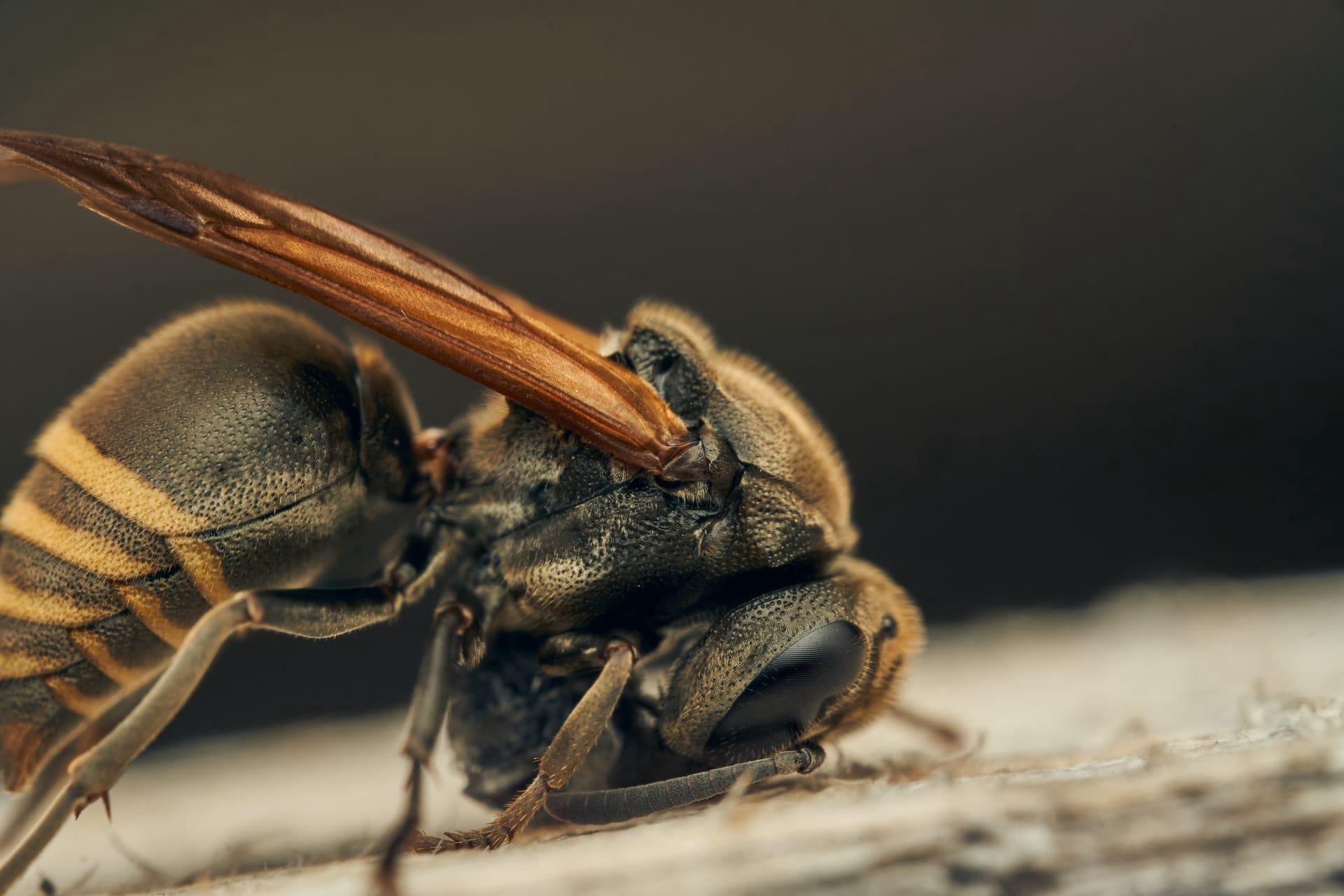Paper Wasp Trivia
- Home /
- Trivia Question /
- Animal /
- Paper Wasp Trivia
1
Question: How do paper wasps construct their unique nests?
Answer: Paper wasps are master architects. They chew wood fibers, mix them with their saliva, and create a papery substance. With this, they meticulously construct hexagonal cells in a honeycomb pattern. The entire nest resembles an upside-down umbrella and is often found hanging from tree branches or eaves of buildings. The size can vary, but a typical nest is around 20 centimeters in diameter.
Question: What is the diet of paper wasps, and how does it benefit gardens and crops?
Answer: Paper wasps are like nature's pest control agents. They primarily feed on nectar and other insects, including caterpillars and beetle larvae. This diet makes them beneficial in gardens and agricultural areas as they help control pest populations. Adult wasps can't digest solid food; they chew insects into a paste to feed their larvae. In return, the larvae produce a sweet secretion that the adults consume.

2
Question: Do paper wasps attack humans unprovoked, and how aggressive are they?
Answer: Contrary to common belief, paper wasps aren't aggressively looking to sting humans. They generally attack only if they feel their nest is threatened. Most encounters occur when humans inadvertently come close to or disturb a hidden nest. Compared to bees, paper wasps can sting multiple times, but they're less aggressive than their cousins, the hornets.
Question: Is it true that paper wasps can recognize each other's faces?
Answer: Absolutely! Research has shown that paper wasps are among the few insects capable of facial recognition. They use this ability to identify and remember individual wasps within their colony, which is crucial for their social structure. This recognition helps maintain the hierarchy within the nest and reduces conflicts among colony members.

3
Question: How do paper wasps contribute to pollination?
Answer: While not as efficient as bees, paper wasps do play a role in pollination. As they forage for nectar, pollen sticks to their bodies and is transferred from flower to flower. This accidental pollination supports the growth of plants and the production of fruits in gardens and wild ecosystems.
Question: What determines the role of a paper wasp in its colony?
Answer: In a paper wasp colony, roles are generally determined by age. Younger wasps typically serve as workers, building the nest, caring for larvae, and foraging for food. The older ones are more likely to take on the role of defenders, protecting the nest from predators and threats. However, the queen is the central figure, responsible for laying eggs and maintaining the colony's population.

4
Question: Can paper wasps remember their nests if relocated?
Answer: Paper wasps have a remarkable sense of location and orientation. If a nest is moved within a short range, the wasps can often find and return to it. However, if the relocation distance is significant, they may struggle to adapt and could end up creating a new nest in a different location.
Question: How does weather affect the life cycle of paper wasps?
Answer: Weather plays a significant role in the life cycle of paper wasps. They thrive in warmer climates and are more active during spring and summer. In autumn, new queens mate and find places to overwinter, while the rest of the colony, including the old queen, workers, and males, perish with the onset of cold weather. The new queens emerge in spring to start new colonies, repeating the cycle.

5
Question: What are the natural predators of paper wasps, and how do they defend against them?
Answer: Birds, bats, and various insect-eating animals are natural predators of paper wasps. They also face threats from other insects like spiders and praying mantises. To defend themselves, paper wasps rely on their stings and aggressive maneuvers. The nest's design, often in a hidden or hard-to-reach place, also provides a level of protection.
Question: How do paper wasps communicate within their colonies?
Answer: Communication in paper wasp colonies is primarily through chemical signals. They use pheromones for various purposes, like marking the nest, identifying members, and signaling alarm. They also communicate through physical actions, such as body movements and vibrations, to convey messages about food sources or threats to the colony.